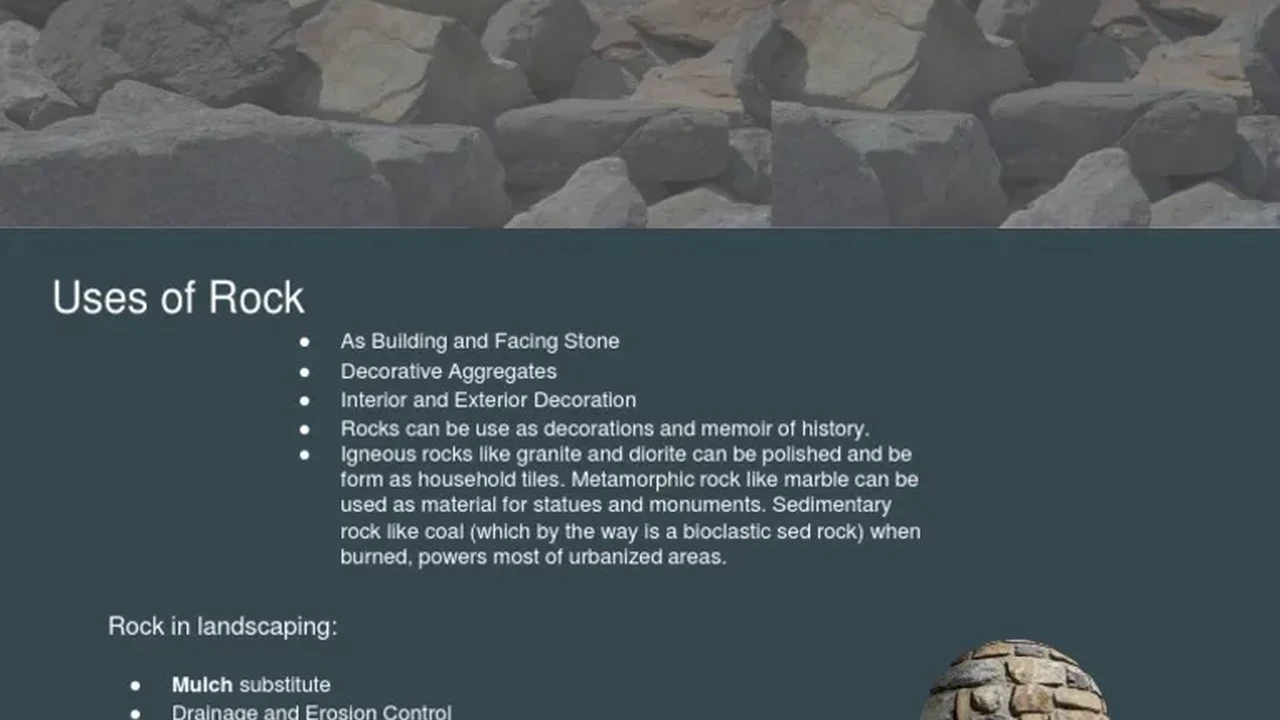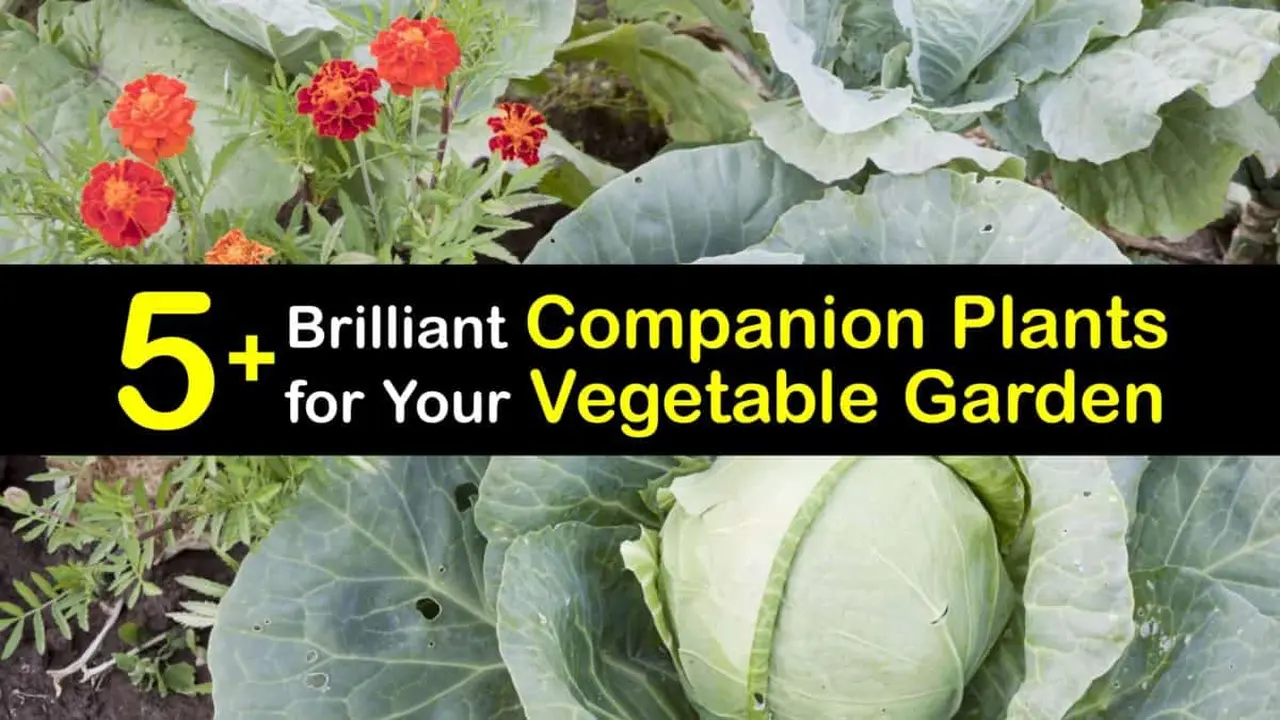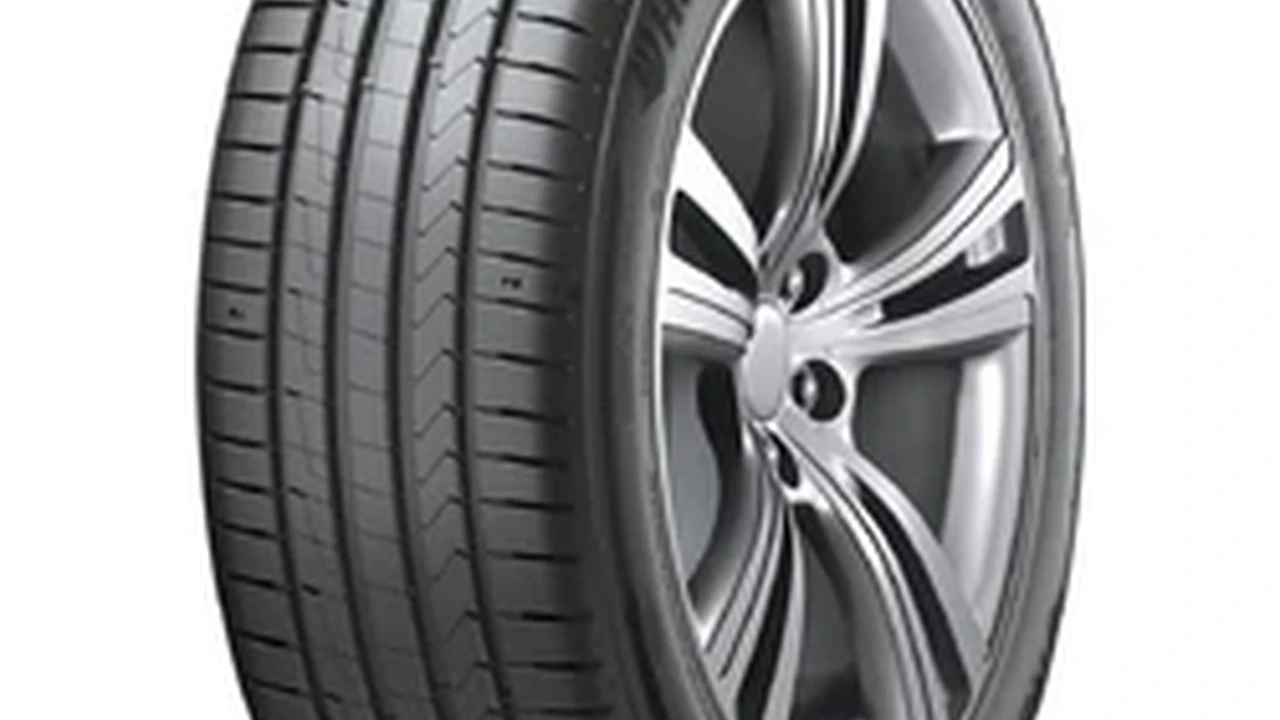Designing a Rock Garden 6 Key Elements
Create a stunning rock garden with these 6 key design elements. Perfect for challenging landscapes.

Designing a Rock Garden 6 Key Elements
Understanding Rock Garden Fundamentals: What Makes a Great Rock Garden?
Rock gardens are a fantastic way to add unique beauty and texture to your landscape, especially if you have challenging terrain like slopes or rocky soil. They mimic natural alpine or mountainous environments, providing a home for a diverse range of plants that thrive in well-drained conditions. But designing a truly stunning rock garden isn't just about throwing some rocks and plants together. It requires thoughtful planning and an understanding of key design principles to create a harmonious and visually appealing space. Think of it as creating a miniature mountain landscape in your backyard.
The beauty of a rock garden lies in its ability to blend natural elements with cultivated beauty. It's a low-maintenance option once established, often requiring less water than traditional gardens, making it an eco-friendly choice. Plus, it offers a unique opportunity to grow fascinating alpine and succulent plants that might not thrive in other garden settings. Whether you're dealing with a steep incline, a sunny, dry spot, or simply want to add a dramatic focal point, a well-designed rock garden can transform your outdoor space.
Element 1: Rock Selection and Placement for Natural Appeal
Choosing the Right Rocks: Types and Characteristics
The rocks are the backbone of your rock garden, so their selection is paramount. Aim for a single type of rock to maintain a cohesive and natural look. Mixing too many different rock types can make the garden appear disjointed and artificial. Local stone is often the best choice as it naturally blends with the surrounding landscape and is usually more affordable. Consider the following types:
- Limestone: Often weathered and porous, limestone is excellent for plants that prefer alkaline soil. It comes in various shapes and sizes, from smooth river rocks to jagged boulders.
- Sandstone: Softer and more easily shaped than other rocks, sandstone has a warm, earthy tone. It's also porous, allowing for good drainage.
- Granite: Very hard and durable, granite is less porous but offers a strong, stable presence. It often has a speckled appearance.
- Lava Rock: Lightweight and highly porous, lava rock is great for drainage and has a unique, rugged texture.
When selecting rocks, prioritize those with interesting textures, natural weathering, and varying sizes. Avoid perfectly round or uniform rocks, as they tend to look unnatural. Look for rocks that have a 'face' or a natural way they would sit in the landscape.
Strategic Rock Placement: Creating a Sense of Scale and Flow
Placement is where the art comes in. The goal is to make the rocks look like they've been there forever, naturally emerging from the earth. Bury at least one-third to one-half of each rock to give it a stable, grounded appearance. This also helps to create pockets for planting.
Start with your largest rocks, placing them first to establish the main structure and scale of your garden. These act as anchor points. Then, gradually add medium and smaller rocks, arranging them in natural-looking clusters or drifts. Avoid placing rocks in straight lines or symmetrical patterns. Think about how rocks would naturally fall or erode on a hillside.
Create crevices and pockets between rocks. These are ideal planting spots for alpine plants that enjoy having their roots cool and protected. Consider the 'strata' – how layers of rock would naturally appear. You can achieve this by tilting rocks slightly in the same direction, mimicking geological formations. Also, think about the visual flow. Rocks can guide the eye through the garden, leading to focal points or pathways.
Element 2: Soil and Drainage Solutions for Alpine Plants
The Importance of Excellent Drainage: Preventing Root Rot
Most rock garden plants, especially alpines, are accustomed to lean, well-drained soils found in mountainous regions. They absolutely despise 'wet feet,' meaning their roots sitting in soggy soil. Poor drainage is the quickest way to kill off your rock garden plants. Therefore, creating a free-draining soil mix is non-negotiable.
If your existing soil is heavy clay, you'll need to amend it significantly or even build up a raised bed specifically for your rock garden. A good rock garden mix will allow water to pass through quickly, preventing waterlogging and promoting healthy root development.
Crafting the Ideal Soil Mix: Components and Ratios
A typical rock garden soil mix is gritty and lean, providing excellent drainage while still offering some nutrients. A common recipe includes:
- 1 part good quality topsoil or loam: Provides some organic matter and nutrients.
- 1 part grit or sharp sand: Essential for drainage. Avoid play sand, which can compact.
- 1 part small gravel or horticultural grit: Further enhances drainage and aeration.
- Optional: A small amount of compost or well-rotted leaf mold for very light nutrient boost, but don't overdo it.
Mix these components thoroughly. When you pick up a handful, it should feel loose and crumbly, not sticky or compacted. If you're building a raised rock garden, you can also add a layer of coarse gravel or broken pottery at the very bottom for an extra drainage layer, especially if you have heavy subsoil.
Element 3: Plant Selection for Rock Gardens: Thriving in Harsh Conditions
Choosing Drought-Tolerant and Alpine Varieties
The plants you choose are just as important as the rocks. Rock garden plants are typically low-growing, compact, and adapted to harsh conditions like strong winds, intense sun, and poor, well-drained soil. They often have small leaves, hairy foliage, or succulent characteristics to conserve water.
Focus on plants labeled as 'alpine,' 'succulent,' 'drought-tolerant,' or 'rock garden plants.' Consider their mature size to ensure they don't overwhelm your rocks. Look for plants that offer year-round interest, whether through interesting foliage, early blooms, or winter color.
Top Plant Recommendations for Beginner Rock Gardeners
Here are some excellent choices that are relatively easy to grow and widely available:
- Sedum (Stonecrop): A vast genus with many low-growing, succulent varieties. They are incredibly drought-tolerant and come in various foliage colors and bloom times.
- Sempervivum (Hens and Chicks): Another succulent favorite, forming rosettes that multiply. Extremely hardy and low-maintenance.
- Thyme (Thymus species): Many creeping varieties are perfect for filling crevices and releasing a lovely fragrance when walked upon.
- Dianthus (Pinks): Charming, low-growing perennials with fragrant flowers, often with a ruffled edge.
- Aubrieta (Rock Cress): Creates a carpet of purple, pink, or white flowers in spring, cascading over rocks.
- Phlox subulata (Creeping Phlox): Another spring bloomer that forms dense mats of colorful flowers.
- Saxifraga: A diverse genus with many alpine varieties, often forming tight cushions or rosettes.
- Campanula (Bellflower): Many low-growing varieties that produce charming bell-shaped flowers.
- Armeria maritima (Sea Thrift): Forms neat clumps of grass-like foliage with globe-shaped pink or white flowers.
When planting, ensure the crown of the plant is at or slightly above the soil level to prevent rot. Water thoroughly after planting, then allow the soil to dry out between waterings once established.
Element 4: Creating Visual Interest: Pathways, Water Features, and Focal Points
Incorporating Pathways and Steps for Accessibility
If your rock garden is large or on a slope, incorporating pathways or steps can enhance its functionality and visual appeal. Pathways made of stepping stones or gravel can invite exploration and provide access for maintenance. Ensure they are wide enough for comfortable walking and stable. For slopes, natural stone steps can be integrated seamlessly into the rockwork, making the garden accessible and safe.
Adding Water Features: Ponds, Streams, and Bird Baths
A small water feature can bring life and sound to your rock garden. A miniature pond nestled among rocks, a gentle trickling stream, or even a simple bird bath can create a serene atmosphere. The sound of moving water is incredibly soothing, and it attracts wildlife. Ensure any water feature is designed to be low-maintenance and integrates naturally with the rockwork. For instance, a small recirculating pump can create a stream effect without needing a constant water source.
Establishing Focal Points: Sculptures, Unique Plants, or Boulders
Every garden benefits from a focal point, and a rock garden is no exception. This could be a particularly striking boulder, a unique specimen plant (like a dwarf conifer or a rare alpine), or even a small, weather-resistant sculpture. A well-placed focal point draws the eye and provides a sense of direction and purpose to the design. Avoid cluttering the garden with too many focal points; one or two well-chosen elements are usually sufficient.
Element 5: Maintenance and Care for Long-Term Success
Watering and Fertilizing: Less is Often More
Once established, rock gardens are generally low-maintenance. Watering should be infrequent but deep, allowing the soil to dry out completely between waterings. Overwatering is a common mistake. During dry spells, especially in the first year, monitor your plants closely. Most alpine plants prefer lean soil, so heavy fertilization is usually unnecessary and can even be detrimental, leading to leggy growth. A light application of a balanced, slow-release fertilizer in early spring might be beneficial, but often, the nutrients from the soil mix are sufficient.
Weeding and Pest Control: Keeping Your Rock Garden Pristine
Weeding is crucial in a rock garden, as weeds can quickly outcompete delicate alpine plants. Mulching with a thin layer of gravel or grit can help suppress weeds and retain moisture. Hand-pulling weeds is often the best method to avoid disturbing the roots of your plants. As for pests, rock garden plants are generally quite resilient. Keep an eye out for common garden pests like aphids or slugs, but often, a healthy ecosystem will keep them in check. Natural pest control methods are usually sufficient.
Winter Protection and Seasonal Care: Preparing for the Elements
Many rock garden plants are incredibly hardy, but some might benefit from winter protection, especially in regions with harsh winters or fluctuating temperatures. A light layer of evergreen boughs or straw can protect plants from extreme cold and desiccation. In spring, remove any winter debris and check for any plants that might have heaved out of the ground due to frost. Divide overcrowded clumps of plants every few years to maintain vigor. Prune any leggy growth to encourage a compact habit.
Element 6: Product Recommendations for Your Rock Garden Project
Essential Tools for Rock Garden Construction and Maintenance
Having the right tools makes the job much easier and more enjoyable. Here are some recommendations:
- Heavy-Duty Gloves: Protect your hands from rough rocks and thorny plants. Look for brands like Wells Lamont Leather Work Gloves (around $15-25 on Amazon) or Mechanix Wear FastFit Gloves (around $20-30).
- Sturdy Shovel and Spade: For digging and moving soil. A good quality stainless steel shovel like the Fiskars Ergo D-Handle Steel Garden Spade (around $40-50) is durable.
- Hand Trowel and Cultivator: For precise planting and weeding in tight spaces. The Fiskars Ergo Garden Tool Set (around $25-35) often includes both.
- Wheelbarrow or Garden Cart: Essential for moving rocks, soil, and gravel. The Gorilla Carts Poly Garden Dump Cart (around $80-120) is a popular choice for its durability and dumping feature.
- Garden Rake: For leveling soil and spreading gravel. A sturdy metal rake like the AMES Companies Bow Rake (around $20-30) is reliable.
- Pruning Shears: For trimming plants and deadheading. Felco F-2 Classic Pruner (around $60-80) is a professional favorite for its sharpness and durability, though more budget-friendly options like Fiskars Bypass Pruner (around $15-25) are also good.
Recommended Materials: Soil Mix Components and Decorative Gravel
Sourcing your materials is key. While local nurseries and landscape suppliers are great, here are some general product types and considerations:
- Horticultural Grit/Gravel: Look for 'horticultural grit,' 'alpine grit,' or 'sharp sand' at garden centers. Brands like Bonsai Jack Inorganic Bonsai Soil Component (often sold in smaller bags for specific uses, but gives an idea of the type, around $20-30 for 2 gallons) or bulk suppliers for larger projects. Price varies significantly by region and quantity (e.g., $50-150 per cubic yard).
- Topsoil/Loam: Purchase from reputable garden centers or landscape suppliers. Ensure it's screened and free of excessive weeds. Prices typically range from $30-70 per cubic yard.
- Decorative Gravel/Mulch: For top dressing. Options include pea gravel, crushed granite, or river pebbles. The Vigoro Pea Pebbles (0.5 cu ft bag, around $5-8 at Home Depot) or Pavestone River Rock (0.5 cu ft bag, around $6-10) are common. For larger quantities, bulk delivery is more cost-effective (e.g., $40-100 per cubic yard).
Specific Plant Nurseries and Online Retailers for Alpine Plants
Finding a good selection of alpine and rock garden plants can sometimes be challenging at general nurseries. Here are some specialized sources:
- Local Alpine Nurseries: Many regions have specialized nurseries focusing on alpine and rock garden plants. A quick online search for 'alpine nursery near me' is a great starting point. These often have the best selection and local expertise.
- Online Retailers:
- High Country Gardens: Known for their drought-tolerant and native plants, they have a good selection of sedums, sempervivums, and other rock garden favorites. Prices typically range from $8-20 per plant. Shipping costs vary.
- Plant Delights Nursery: Offers a wide and often unique selection of perennials, including many suitable for rock gardens. Prices can be higher due to rarity, often $15-30+ per plant.
- Annie's Annuals & Perennials: While not exclusively alpine, they have a fantastic selection of unusual and drought-tolerant plants that can thrive in rock garden settings. Prices are generally $10-25 per plant.
- Etsy: Many small growers sell unique or harder-to-find alpine and succulent varieties. Prices vary widely, often $5-15 per plant. Always check seller reviews.
- Comparison of Online vs. Local: Local nurseries allow you to see the plants in person, assess their health, and get immediate gratification. Online retailers offer a wider selection, especially for rare varieties, but you pay for shipping and have to wait. For common varieties, local is often more cost-effective. For unique specimens, online is usually the way to go.
Designing and building a rock garden is a rewarding endeavor that brings a piece of the mountains to your home. By carefully considering these six key elements – rock selection, soil and drainage, plant choice, visual interest, and ongoing maintenance – you can create a beautiful, resilient, and truly stunning landscape feature that will provide enjoyment for years to come.
:max_bytes(150000):strip_icc()/277019-baked-pork-chops-with-cream-of-mushroom-soup-DDMFS-beauty-4x3-BG-7505-5762b731cf30447d9cbbbbbf387beafa.jpg)





